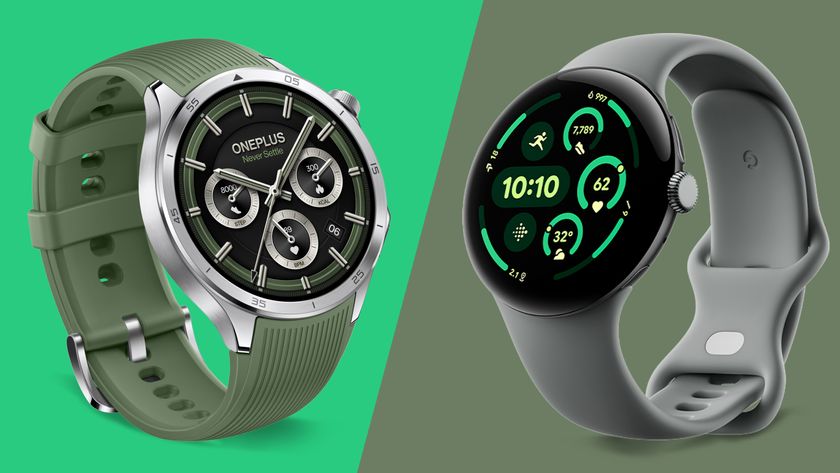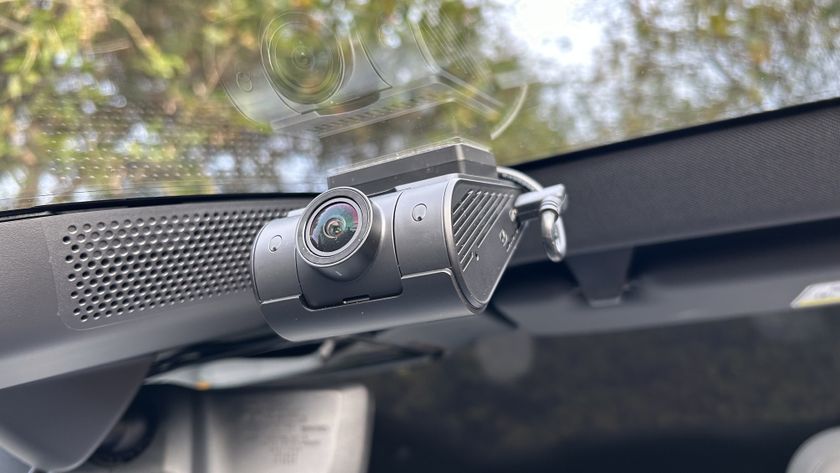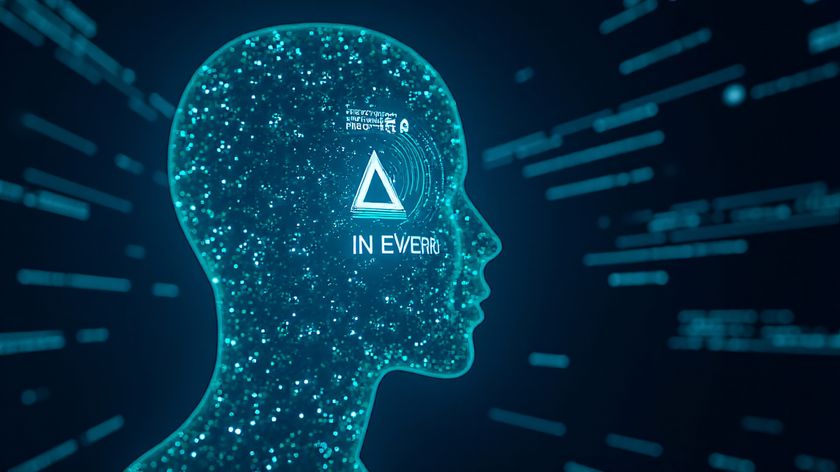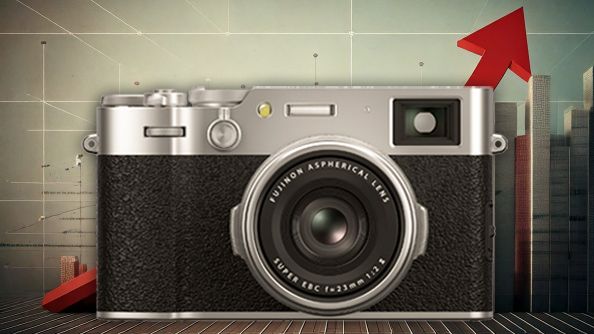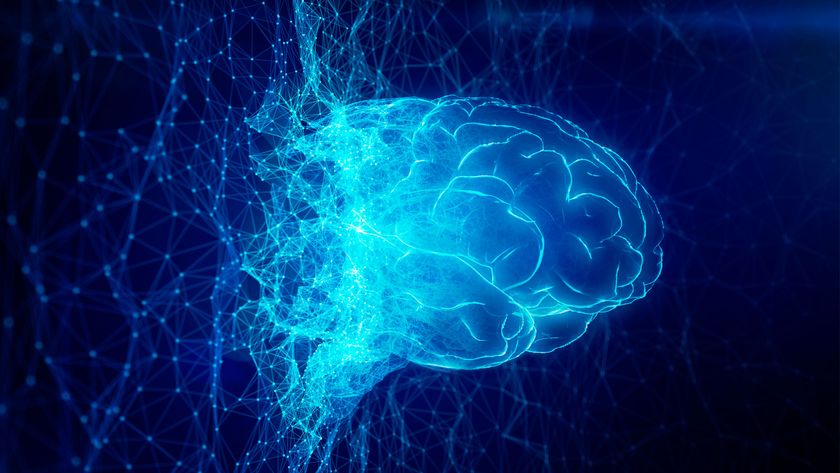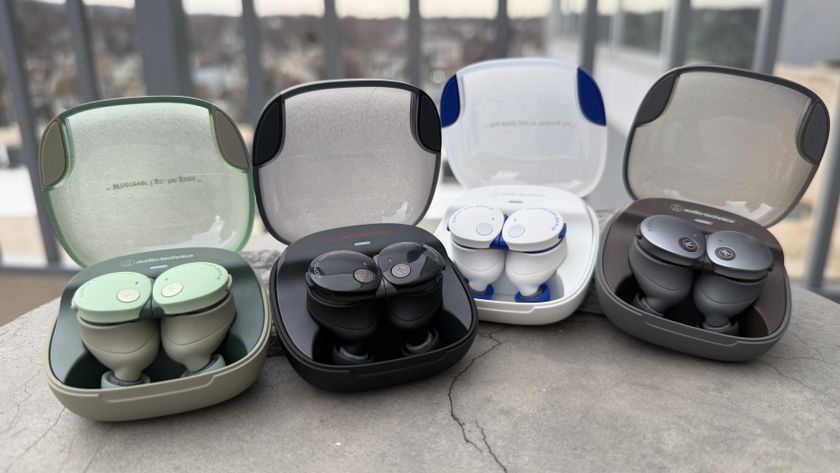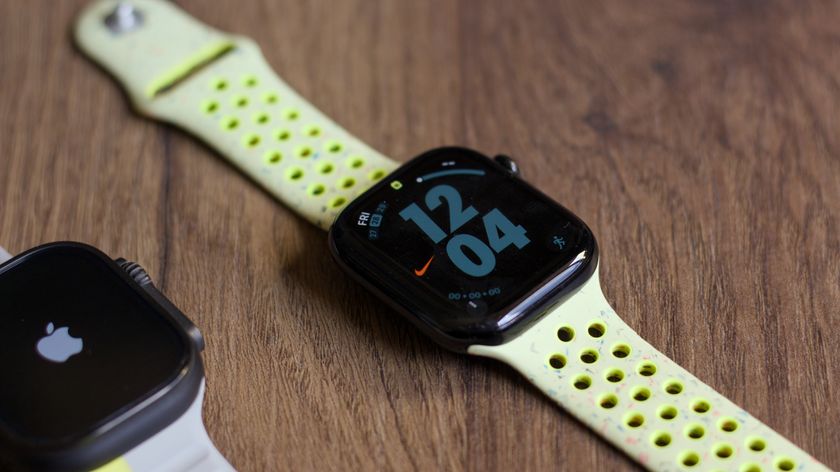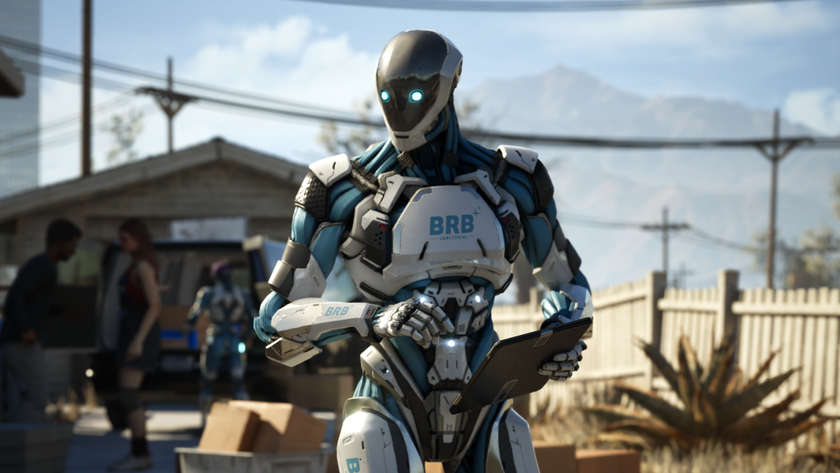Nvidia: 'Your car is your most powerful computing device'
Improvements in graphics are changing how cars are made
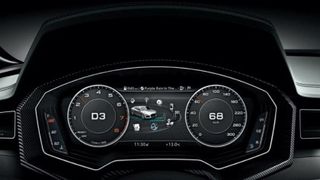
Driving the car
With Apple taking all of the limelight at the moment with CarPlay, its own iOS in the car initiative, Estes explained just how important computer chips in cars are becoming, noting that: "The amount of work that is going into GPU processing inside a car is really impressive. The reality is that your car is your most expensive and most powerful computing device."
Currently Nvidia chips are in a number of cars but Estes notes that Tesla and Audi are currently Nvidia's most prominent partners.
"We work with them to see what can be done in the in-car entertainment space," said Estes.
"The Tesla S has our Tegra processors both in the dashboard for the heads up display and in the infotainment system. There are two Tegras in every one of those Tesla cars."
When it comes to future technologies, Estes notes that Nvidia is also well placed for when the car becomes brainier, offering up contextual information that will help journeys run that bit smoother.
"In the future you will see forward looking radar to detect other vehicles on the road, pedestrian detection within the HUD. It will give you warning systems to help with the driving," he revealed.

And then there is the dream for any driver - self-parking cars. "When you don't have to get out of a car, because it is parking itself, the doors don't have to open - you can park in the smallest of spaces and do it safely," reckoned Estes.
Get daily insight, inspiration and deals in your inbox
Sign up for breaking news, reviews, opinion, top tech deals, and more.
"It's fun as well as being safe."
Selling the car
From car creation to car showcasing, there are new technologies being integrated into showrooms that are getting around the age-old problem of not enough cars on a forecourt, by allowing salespersons to show off a new car in real time on something as small as an iPad or as big as a TV wall.
"We are working with a number of software partners and automotive makers - including Audi and General Motors - when it comes to showrooms," said Estes.
"There are so many models of cars that the dealerships can't have enough floor space to be able to show them all and we know there's a lot of margin in accessories. If you can create an experience for people that are shopping and they can see the model they want with the accessories, this pays for itself."
One of the ways this is being done is by using exact 3D models of cars not on show, with every conceivable variant of accessory and colour.
"You can spin cars around on most websites at the moment, but what you can't do is get beyond the 360 look, go inside, change the colour and the stitching, change everything.
"With this technology you can understand what different lighting conditions are like when you are in the car," said Estes.
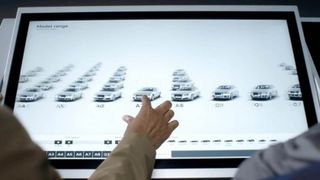
Estes explained that the idea what that these showrooms use Nvidia's Grid technology - making use of all the processing power that's kept in the cloud and can be beamed to any connected device.
"It is now an emerging area to be able to deliver from the cloud to dealerships and selling situations these options available," he explained.
"You could take something that takes a 100 GPUs worth to process and put it on an iPad. The salesperson can show this off to a consumer.
Or you could have a massive immersive experience, showing off these cars on big screens - that's the beauty of this technology."
Marc Chacksfield is the Editor In Chief, Shortlist.com at DC Thomson. He started out life as a movie writer for numerous (now defunct) magazines and soon found himself online - editing a gaggle of gadget sites, including TechRadar, Digital Camera World and Tom's Guide UK. At Shortlist you'll find him mostly writing about movies and tech, so no change there then.

